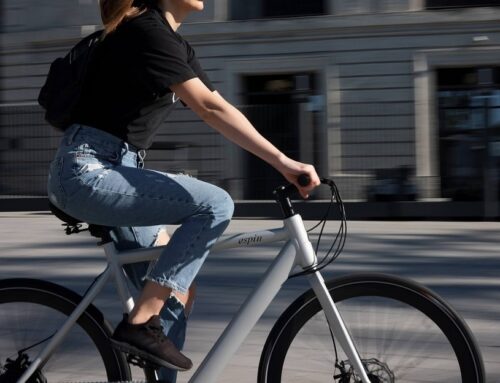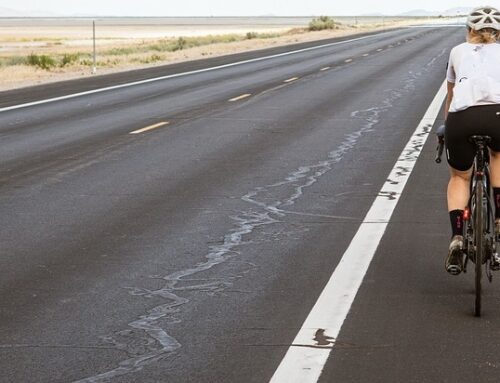If you take a stroll along the Cultural Trail downtown and throw a stone, odds are you’re going to hit a bicyclist. That’s because cyclists are seemingly everywhere in Indianapolis now—especially in population dense areas like Broad Ripple and downtown. But it hasn’t always been this way—Indy has historically lagged behind other comparable cities in “bikeability.” It had less bike lanes, less bike riders, and less bike access. That’s changed in recent years. In fact, as reported in the Indianapolis Star, Indianapolis has just been named “most improved” bike friendly city by the travel and lifestyle website RewardExpert.com.
With the advent of the Pacers bike share program and a concerted effort to improve bike lane and trail access, Indianapolis is in the early stages of a cycling renaissance. Unfortunately, with more cyclists on the road, Indy is likely to see an increase in cycling-related accidents. In 2015, approximately 45,000 cyclists were injured in collisions with automobiles, and more than 800 were killed. If you’re planning on entertaining your inner Lance Armstrong, here’s what you need to know about safety, the law, and your rights:
- Follow the rules of the road. Indiana law defines a “vehicle” very broadly. For the purposes of rules of the road—such as stop lights, stop signs, speed limits, etc.—unless there are separate signs for bike riders, cyclists are expected to obey the rules as if they were in a motor vehicle. IC 9-21-11-2
- Intersections are not the only place you can be struck. According to the Department of
 Transportation, more than 60% of fatal accidents involving bicycles and motor vehicles occurred in places other than intersections. Don’t let your guard down just because you are on a straight road.
Transportation, more than 60% of fatal accidents involving bicycles and motor vehicles occurred in places other than intersections. Don’t let your guard down just because you are on a straight road. - You must be able to ride with two hands. It is against the law Indiana to ride a bicycle in such a way that you cannot have both hands on it at all times. That does not mean you must have both hands on the bicycle—just that you have to be able to have both. In particular, this means you cannot carry a package or other item in such a way that prevents you from putting both hands on the handle bars. IC 9-21-11-7
- Every passenger must have a seat. Fun though it may be, it is against the law in Indiana to carry a passenger on your handlebars or on the pegs on the back of your bike. IC 9-21-11-3
- Have proper lights. If you are riding your bicycle at dusk or later, Indiana law requires that you have a white light on the front and a red light on the back—not just reflectors. IC 9-21-11-9
- Follow bicycle safety regulations. Regulations like the three just mentioned should be followed for two reasons. First, they are designed to keep you safe. Second, failure to follow those regulations could affect your ability to recover damages should you be involved in an accident. In Indiana, the amount of money you can be awarded for a personal injury lawsuit is offset by the percentage at which you, the victim, were at fault. For example, if you have $10,000 in medical bills, but a jury believes you were 25% responsible for the accident, you will only be able to recover $7,500. Failure to follow proper safety regulations could be evidence that you were at least partially at fault.
- Use bike lanes. While bicycle fatalities are rare, they do happen. In 2015, only 3% of fatalities occurred in bike lanes. That means virtually every fatal accident occurred when the bike rider was not using appropriate bike lanes.
- Wear a helmet. Much like the use of bike lanes, wearing a helmet dramatically decreases your risk of being seriously injured or killed while riding a bicycle. In 2014, according to the Insurance Institute for Highway Safety, 97% of all those killed were not wearing helmets. Helmets reduce the likelihood of suffering a head injury by up to 50% and a neck injury by up to 33%.
Cycling is not only fun, it saves money and is a great way to stay in shape. The odds that you will be struck by a vehicle while riding your bike are very low, but it can happen. In the unfortunately event that it does, it is important to contact an experienced bicycle accident lawyer right away. To best protect your rights, it is likely that pictures of the scene will have to be taken, statements will have to be recorded, medical records will have to be reviewed, and the list goes on. Only an experienced personal injury attorney will know how to guide you through that process so that you can focus on healing and getting back on the streets.





